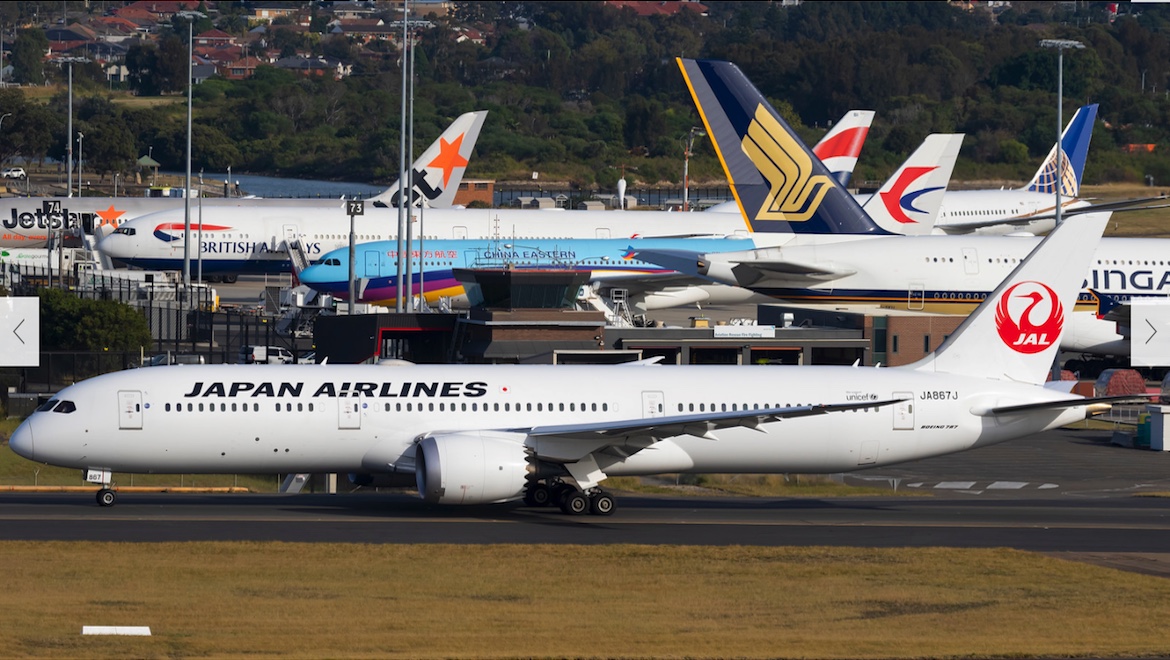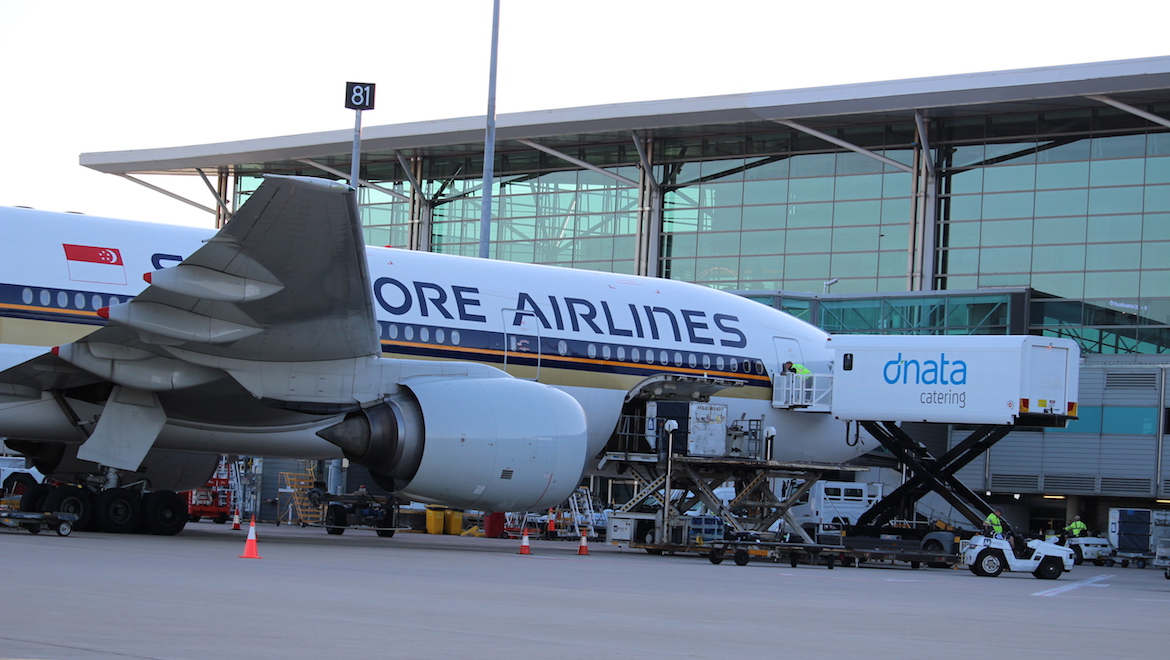
The International Air Transport Association (IATA) expects airlines around the world to post a collective net profit of US$29.3 billion in calendar 2020 as fears of a global recession subside and oil prices stabilise.
The forecast, outlined at the IATA global media day briefings in Geneva on Wednesday (European time), represented an improvement from a likely net profit of US$25.9 billion in the current year and an 11th consecutive year of industry profitability.
“Both of these results are down on the peak years of 2015-2017, but they remain a better performance than in earlier decades,” IATA chief economist Brian Pearce told reporters at the global media day.

IATA said its 2020 forecasts were based on an average jet fuel price of US$75.6 a barrel, compared with an estimate of US$77 a barrel in 2019 and US$86.1 a barrel in 2018.
At December 6 2019, the IATA jet fuel price monitor showed jet fuel was at US$78.3 a barrel, down 2.1 per cent from the same time a year ago.
The total fuel bill for airlines were expected to fall to US$182 billion in calendar 2020. This represented 22.1 per cent of operating expenses, down from 23.7 per cent in 2019.
“Oil prices look set to stay relatively lower over the next 12 months. Supply, particularly non-OPEC, is plentiful and demand is weak,” IATA said.

While there was some cause for optimism in 2020, the current year will be the first time since 2016 that airline profits have contracted.
Further, IATA downgraded its net profit expectations for 2019 from a previous forecast of US$28 billion outlined at the IATA annual general meeting in Seoul, South Korea in June 2019 “mostly because of the damage from the trade war on trade and business confidence”.
Weaker global economic growth had also contributed to softer passenger and cargo demand.
“We have downgraded our forecasts for 2019 profit across the board,” Pearce said.

IATA director general and chief executive Alexandre de Juniac said he expected 2019 to represent the bottom of the current economic cycle.
“Slowing economy growth, trade wars, geopolitical tensions and social unrest, plus continuing uncertainty over Brexit all came together to create a tougher than anticipated business environment for airlines,” de Juniac said.
“Yet the industry managed to achieve a decade in the black, as restructuring and cost-cutting continued to pay dividend.”

Asia Pacific to benefit from modest recovery in air cargo demand
Airlines in the Asia Pacific were forecast to post net profit of US$6 billion in calendar 2020, up from an expected US$4.9 billion for the current year.
Net profit per passenger in 2020 was projected to US$3.34, compared with the global figure of US$6.20.
IATA said an expected “truce” between China and the United States on trade matters, as well as muted fuel costs, were likely to support Asia Pacific carriers’ improved profitability.
“The modest recovery in world trade will support profits next year in the region,” the IATA economic performance of the airline industry report said.
In October, Qantas said in a trading update the political demonstrations in Hong Kong had resulted in a $25 million hit to the bottom line, while the trade dispute between China and the United States was expected to have a $25-30 million impact on the company’s freight business in 2019/20.
Singapore Airlines’ first half financial results that were published in November showed the airline group suffered a 12.5 per cent, or S$138 million, drop in cargo revenue in the six months to September 30 2019 due to falling yields and reduced volumes.
“The performance deterioration in the cargo segment was mainly due to an overall drop in airfreight demand amid US-China trade tensions, and a slowdown in exports from key manufacturing countries in Europe and Asia,” Singapore Airlines said. “Industry overcapacity on key trade lanes weighed on yields.”
Similarly, Cathay Pacific said in its October traffic report the airline group’s total cargo volumes were 6.6 per cent lower so far in calendar 2019, compared with the prior corresponding period.
Further, the combined Cathay Pacific/Cathay Dragon cargo and mail load factor was down five percentage points in 2019, compared with the prior year.
North American carriers were expected to post the highest profit at US$16.5 billion, followed by the airlines of Europe (US$7.9 billion) and those of the Asia Pacific.
Those three regions will be responsible for the bulk of the airline industry’s profits in 2019, given airlines in the Africa and the Middle East were forecast to post a loss of US$200 million and US$1 billion, respectively.
Meanwhile, IATA said the carriers of Latin America were tipped to post net profit of US$100 million.
The association’s 290 member airlines represented about 82 per cent of global air traffic.
What will 2020 look like for the #airline industry? See more of the Outlook story ? #avgeek #IATAMediaDay pic.twitter.com/Zm85o0BWFi
— IATA (@IATA) December 11, 2019











